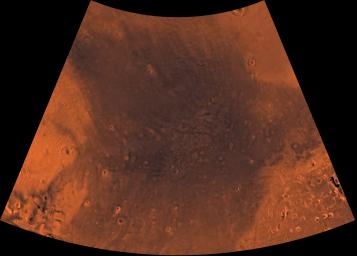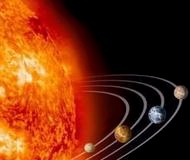
|
|||
| Contents | Prev | Next | |
![]()
4. A Nuclear Explosion on Mars!

Mystery: "It has long been a mystery of why there is a super-abundance of
uranium, thorium, and potassium on the Martian surface concentrated near Mare
Acidalium in the region of the large, shallow depression. Also, the Martian
atmosphere has an unusual amount of radiogenic isotopes. An explanation for this
Martian mystery was presented by Space Physicist John Brandenburg at the 42nd
Lunar and Planetary Science Conference in Houston, TX this month. According to
the press release, Brandenburg suggests, evidence shows that approximately 180
million years ago the planet Mars was devastated by a massive natural nuclear
explosion. This natural event filled its atmosphere with radio-isotopes,
irradiated its soil and atmosphere with neutrons, and spread a layer of
radioactive material on the surface of Mars. His analysis estimates the force
of the explosion to have been in excess of 1 million one megaton hydrogen bombs."
tucsoncitizen.com
The quote above is based on the assumption that a nuclear reactor has developed naturally on Mars, and then exploded by itself. The explosion was in excess of one million hydrogen bombs; each bomb is one million ton.
This kind of explosion nobody can say for certain it can happen naturally in a planet, but stars are nuclear reactors basically. And if the explosion indeed has taken place on Mars itself, it would have created huge craters on its surface, but no such craters exist!
It looks like the explosion has taken place in the neighborhood, and the concentration of its radiations and radioactive materials was Mars.
However, the pollution of radioactive materials on the entire surface and atmosphere of Mars may not be due to the explosion only, but also due to the radiation of the dying star on the planet Mars over a very long period of time; just like the rust.
![]()
| The full report in a single page | ||
| Contents | Prev | Next |

